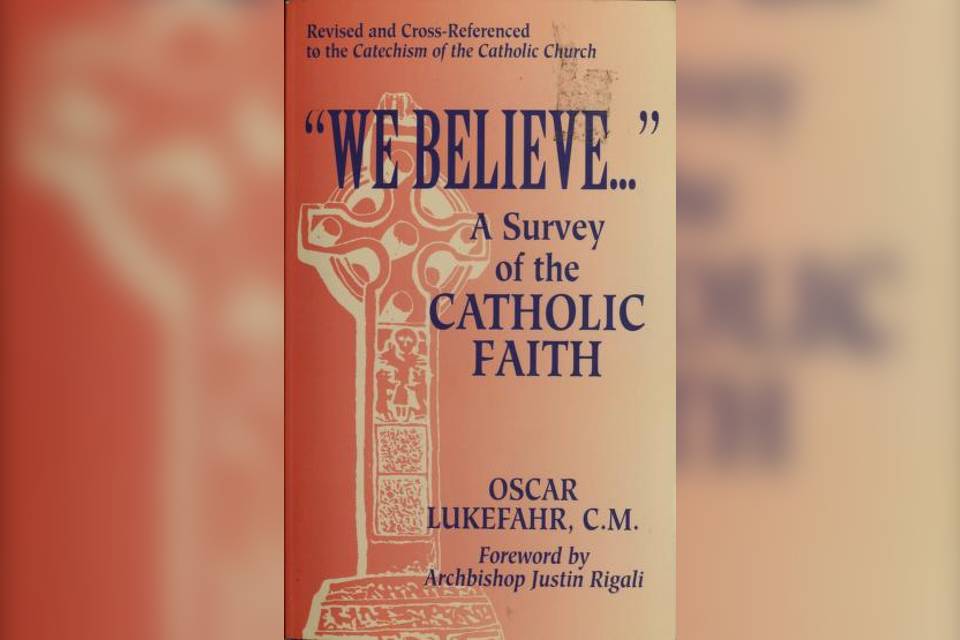
The Bible-Origin, Nature, and Interpretation (C 101-19)
Throughout the history of the Israelite people, there were those who were inspired to record their experience of God. History and stories, poetry, and preaching, laws and legends, proverbs and prophecy, were passed on from generation to generation. These inspired writings were recognized by spiritual leaders as revelation from God and cherished as God’s own Word.
They have come down to us as the books of the Bible. Catholics recognize forty-six books written before Christ as the Old Testament and twenty-seven books written about Christ as the New Testament. The church believes that these seventy-three books are divinely inspired, that they have God as their Author. This does not mean that God dictated the books, but that God guided the human author to write in such a way that the books teach religious truth. The human authors played an important part, and we can understand the image of the inspired books only when we have some awareness of who wrote them, when and why they were written, and what the authors intended to convey.
This approach to the bible is called “contextual” approach. It means that we must have the context of any given passage if we are to understand it. Another approach to the Bible is the “fundamentalist approach,” which states that the words of the Bible must be taken only at face value. If the words say that Jonah was swallowed by a fish and lived in its belly for three days, then such an event occurred. The contextual approach would lead us to study when, where, why, and by whom the book was written and so arrive at the conclusion that Jonah is a parable designed to teach that God loves all nations.
Some people are frightened by the contextual approach and fear that it leads as to treat the whole Bible as a fable. This is not the case. There is history in the Bible, as well as parables, laws, poetry, songs, and many other forms of writing, each of which can teach religious truth in its own way.
We shouldn’t be surprised at this because we use the contextual approach every day. For example, any newspaper has the front-page news, editorials, sports, comics, classifieds, and advertisements, and we understand each differently. On the front-page we might read the words, “An armed guard gunned down a robber as he tried to steal the company payroll.” On the sports page we might read, “The Cincinnati catcher gunned down the St. Louis left fielder as he tried to steal second base.” The same words are used, but they have different meaning! We don’t have any difficulty understanding them (at least if we know something about baseball) because we are aware of the context of each sentence. On the other hand, if we took the second sentence in a fundamentalist fashion, we might be misled to suppose that baseball is a very violent sport!
Learning to read the Bible intelligently is something like reading the newspaper. But because the Bible was written so long ago, in a different culture, we must become acquainted with the “context” of its books. Most Catholic Bibles have introductions that present the information needed, and there are many books (such as A Catholic Guide to the Bible, Liguori Publications; see Bibliography) available to make Bible reading easy, enjoyable, and beneficial.
(Source: We Believe, Oscar Lukefahr, C.M., 1990)


No Comments